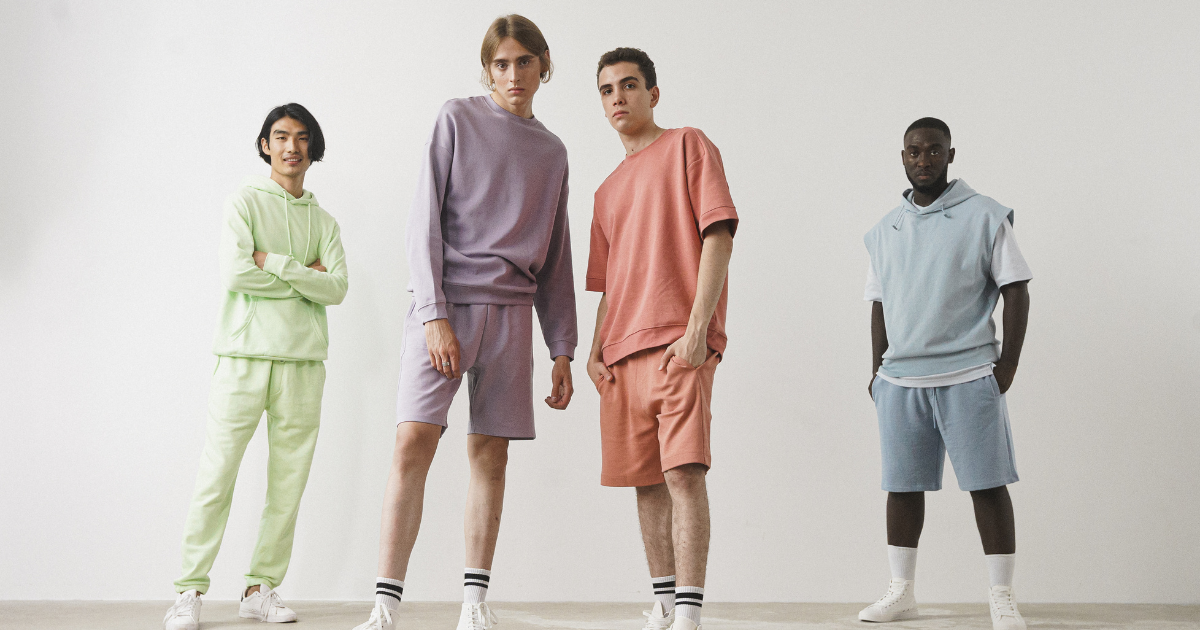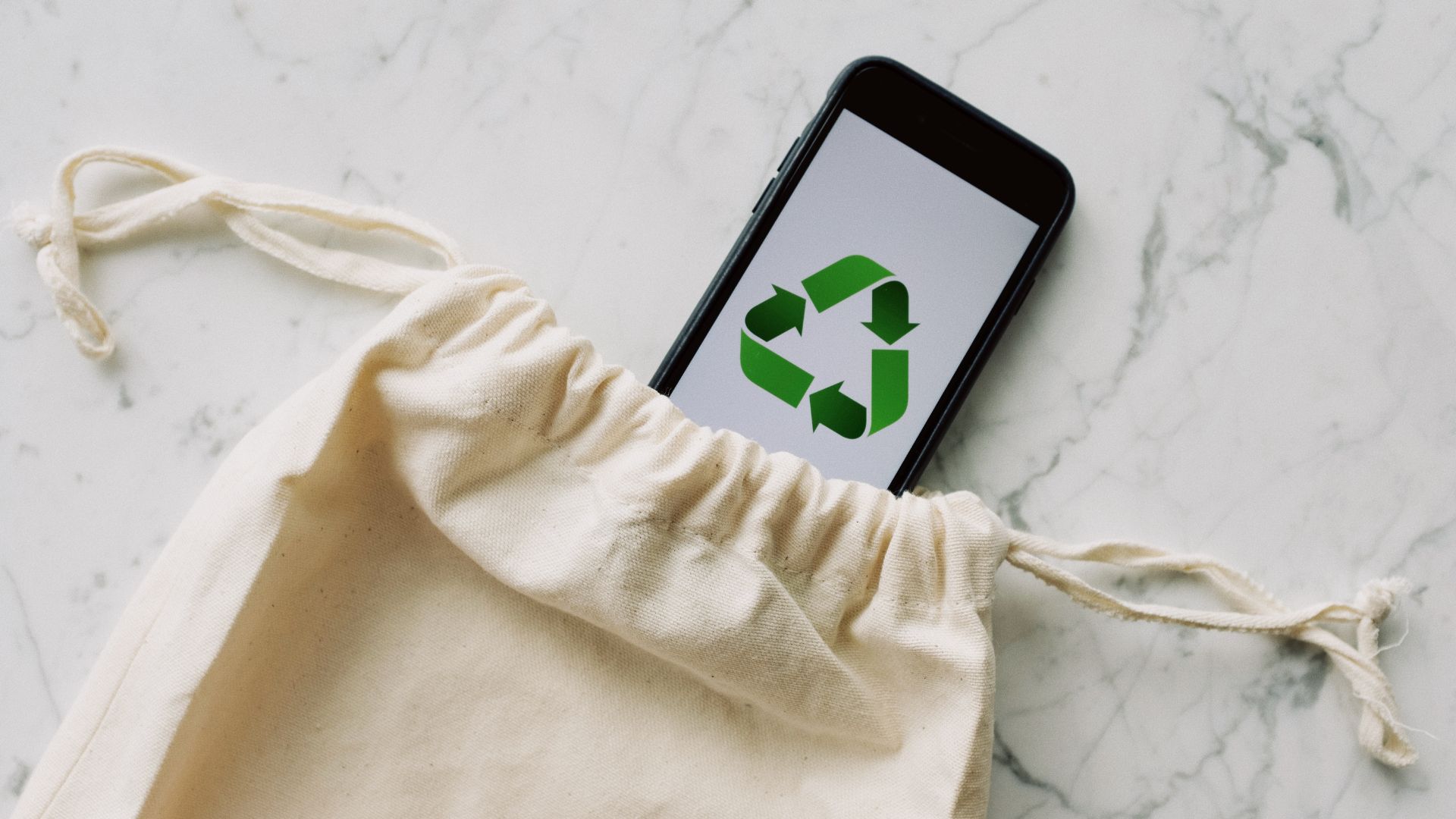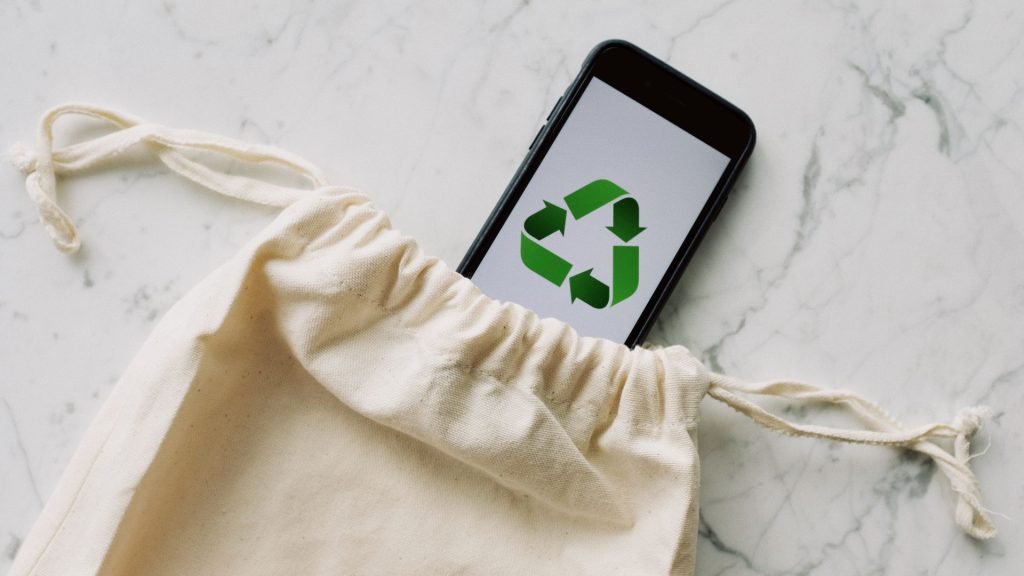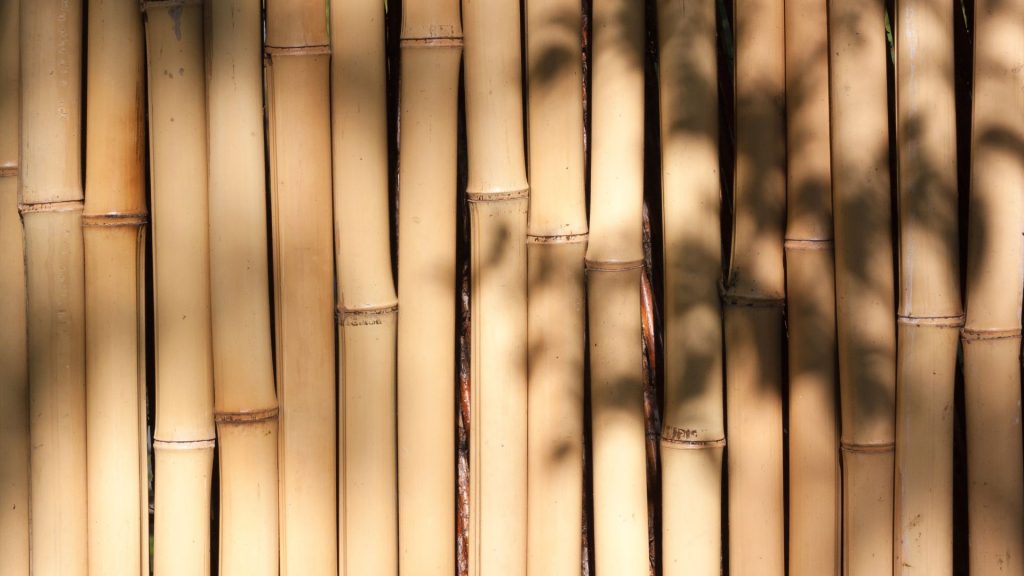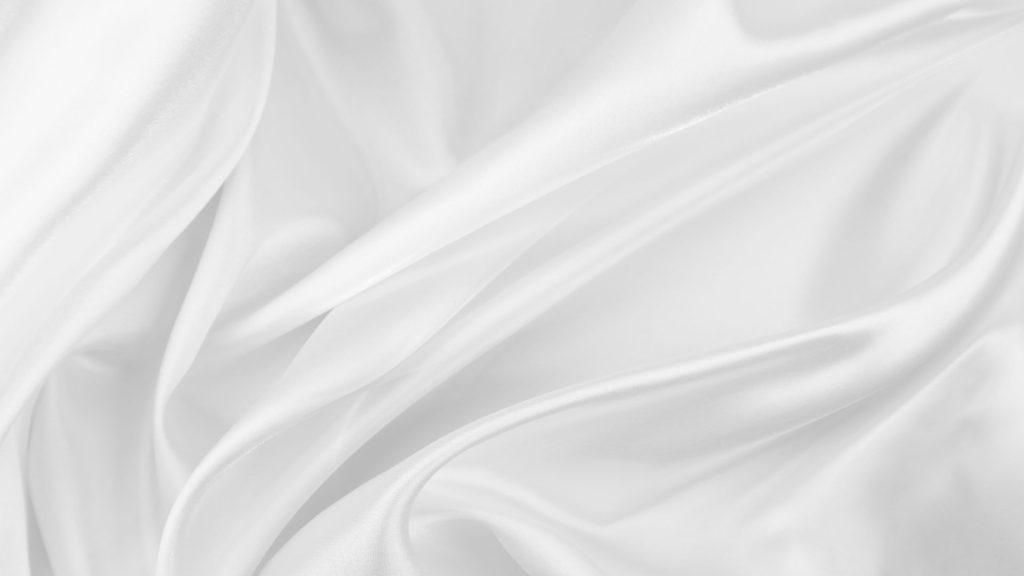Summer is meant for sunshine, travel, and outdoor fun—but without the right outfit, the heat can quickly turn into discomfort. Sweat, humidity, and sticky clothes make even daily commutes or casual walks feel exhausting. That’s why choosing the right summer clothing fabrics matters. The right fabric isn’t just about looking good—it helps regulate body temperature, manage moisture, and keep your skin breathing freely. While the wrong choice can trap heat and make you feel weighed down, the right one ensures you stay cool, confident, and stylish all season long.

What Are the Best Summer Clothing Fabrics?
When it comes to beating the heat, not all fabrics perform the same. Some trap heat and sweat, making you feel sticky and uncomfortable, while others let your skin breathe and keep moisture under control. Choosing the right summer clothing fabrics ensures you stay cool, comfortable, and stylish—whether you’re at work, on vacation, or enjoying a casual day outdoors.
Cotton
Cotton remains one of the most popular choices for summer. It’s soft, breathable, and easy to find, allowing air to flow through its fibers. Because cotton absorbs sweat, it’s great for casual wear and daily comfort. The only downside is that heavy cotton can stay damp in humid climates, so lighter cotton weaves or blends are the smarter choice.
Linen
Often called the king of summer fabrics, linen is highly valued for its airy weave. It allows excellent airflow, dries faster than cotton, and feels crisp against the skin. Linen shirts, dresses, and trousers are timeless summer staples, perfect for both city wear and tropical getaways.
Bamboo
Bamboo fabrics are a rising star in the textile world, combining sustainability with comfort. They’re naturally antibacterial, breathable, and incredibly soft—often even softer than cotton. Another plus is their natural UV resistance, which adds extra protection under the sun. For eco-conscious consumers, bamboo is an innovative and stylish summer fabric option.
SPORTINGTEX®
Moisture-Wicking Performance Fabrics
Natural fabrics like cotton and linen are breathable, but they don’t always dry quickly. That’s where moisture-wicking fabrics make a difference. These performance textiles are designed to pull sweat away from the skin and dry rapidly, keeping you comfortable even during intense summer heat or workouts.
Polyester Blends
Modern polyester blends are lightweight, durable, and specifically engineered to wick moisture away from your body. Unlike old-fashioned polyester that felt heavy and sticky, today’s high-tech versions are ideal for athletic wear and outdoor activities, ensuring you stay cool and dry.
Nylon
Nylon is another top choice for performance wear in hot weather. Known for its quick-drying properties, flexibility, and durability, nylon helps maintain comfort during running, hiking, or any active summer routine. It holds its shape well and resists wrinkles, making it practical for both sportswear and travel outfits.
Spandex/Elastane Mixes
Often blended with polyester or nylon, spandex (also called elastane) adds stretch and flexibility. This makes it a favorite for active summer clothing like yoga pants, cycling shorts, and fitted tops. On top of comfort and movement, spandex blends also dry quickly, helping manage sweat during high-energy activities.
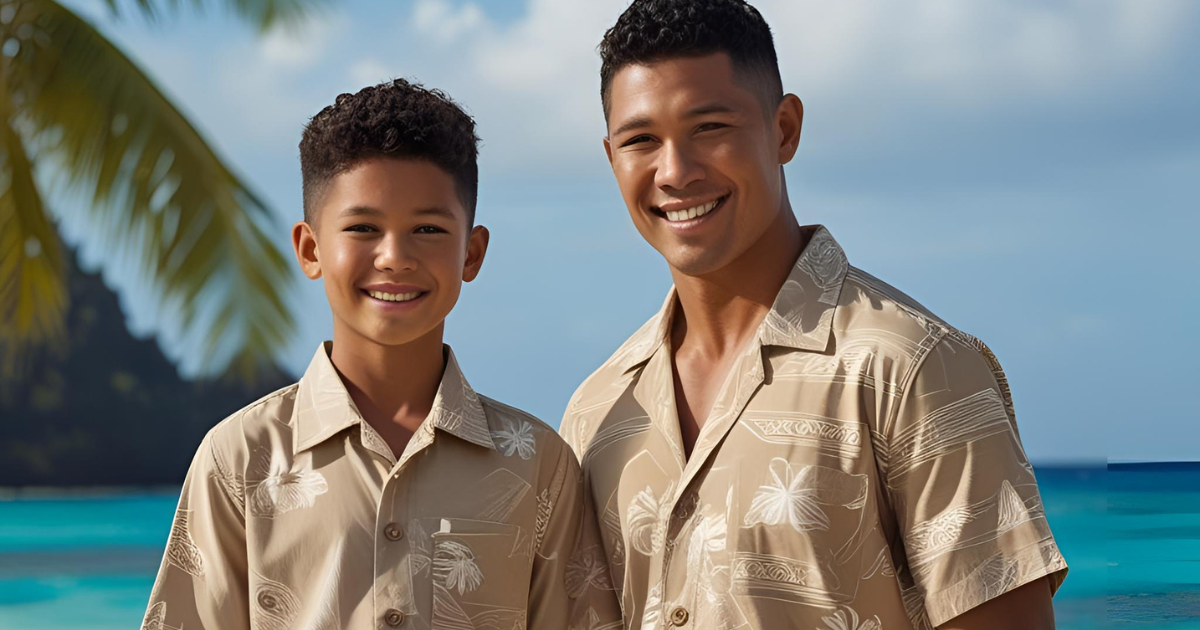
Why Are Functional Fabrics Essential for Hot Weather?
Modern summers are no longer simply warm—they’re extreme. Rising temperatures, heavy humidity, and stronger UV rays demand more from clothing than traditional fabrics like cotton or linen can provide. While natural fibers offer breathability, they fall short when it comes to performance in high-heat conditions. This is where functional fabrics step in, delivering advanced solutions tailored for summer comfort and protection.
- Moisture Management: High-performance fabrics actively wick sweat away from the skin and dry quickly, preventing that heavy, sticky feeling even during intense activity.
- UV Protection: Built-in UV-blocking fibers help reduce harmful sun exposure, making garments safer for outdoor lifestyles.
- Cooling Effect: Innovative yarns, mineral-infused fibers, or phase-change technologies can regulate body temperature, offering a refreshing cooling sensation.
- Odor Control: Antibacterial and anti-odor finishes keep fabrics fresh longer, even in humid climates where bacteria thrive.
For industries such as sportswear, outdoor apparel, athleisure, and corporate uniforms, functional fabrics are no longer optional—they are a necessity. They provide the perfect balance of comfort, safety, and performance, making them the foundation of any modern summer collection.
Which Fabric Colors Work Best in Summer?
When it comes to staying cool, fabric type is only half the story—color choice plays an equally important role. The shade of your clothing determines how much sunlight is absorbed or reflected, which can directly influence how comfortable you feel. Pairing the right summer clothing fabrics with the right colors ensures maximum cooling benefits.
- Light Colors
White, beige, and pastel tones are the best companions in hot weather. These shades reflect sunlight instead of absorbing it, helping your body stay cooler throughout the day. They also pair well with natural fabrics like linen and cotton for a fresh summer look. - Dark Colors
Navy, black, and charcoal may look sleek, but they absorb more heat under the sun. If you prefer darker palettes, choose lightweight, breathable fabrics such as moisture-wicking polyester or bamboo blends to reduce overheating. - Bright Colors
Yellows, corals, and bright blues offer a lively summer vibe without trapping as much heat as black. These colors not only keep you cooler than dark shades but also add energy and style to your seasonal wardrobe.
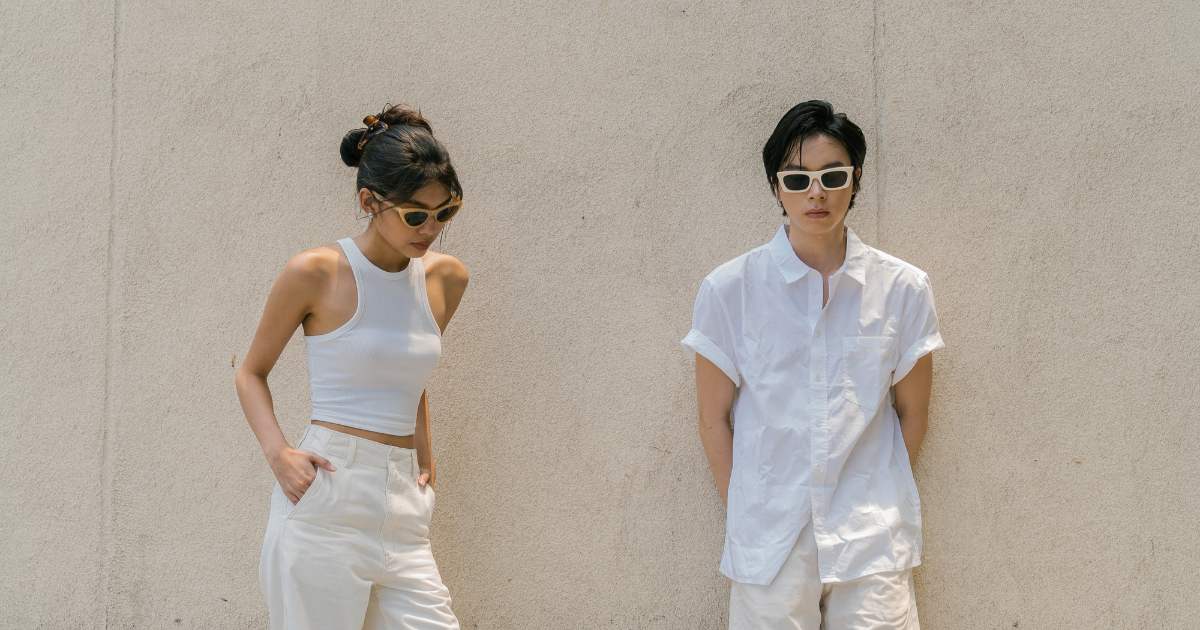
How to Choose Fabrics for Different Summer Scenarios
Your daily lifestyle has a big influence on which summer clothing fabrics work best. The key is to match fabric type with activity so you can stay cool, comfortable, and confident, no matter the situation.
Everyday City Wear
For office workers or daily commuters, fabrics need to balance style with comfort. Breathable cotton shirts, linen trousers, or bamboo blouses are excellent choices. They project professionalism while allowing airflow, helping you look sharp without overheating during long workdays or commutes.
Sports and Outdoor Activities
If you’re running, hiking, or cycling, breathability alone isn’t enough—you need moisture-wicking fabrics. Modern polyester and nylon blends are lightweight, quick-drying, and designed to prevent chafing. These fabrics keep sweat away from the skin and allow you to stay light and agile during physical activities.
Travel and Vacations
When packing for a summer getaway, versatility is key. Linen dresses, cotton T-shirts, and UV-protective cover-ups are practical for both sightseeing and beach lounging. Quick-dry fabrics also mean less hassle with laundry, giving you more time to enjoy your trip.
Lounge and Casual Wear
For at-home comfort, lightweight bamboo and cotton blends are ideal. Soft against the skin and highly breathable, they provide maximum relaxation while keeping you cool on hot, humid days. These fabrics also align well with eco-conscious lifestyles, making them a smart everyday choice.
Smart & Sustainable Summer Wardrobe
Building the perfect summer wardrobe goes beyond choosing lightweight pieces—it’s about blending smart styling with sustainable fabrics to achieve lasting comfort, performance, and responsibility. By pairing practical clothing strategies with eco-conscious textile choices, you can stay cool today while shaping a better tomorrow.
Smart Styling Tips to Beat the Heat
Even the best summer clothing fabrics need thoughtful styling to reach their full potential. A few adjustments in how you dress can make all the difference:
- Go Loose: Relaxed silhouettes improve airflow and prevent heat buildup. Breathable fabrics like linen or bambooare perfect in looser cuts for effortless summer comfort.
- Layer Lightly: A thin cotton shirt over a moisture-wicking tank top adds versatility without trapping sweat. Lightweight layering ensures breathability while keeping your look polished.
- Accessorize Wisely: Straw hats, cooling scarves, and breathable footwear not only enhance style but also offer functional cooling benefits.
- Skip Heavy Layers: Thick denim or lined jackets trap heat. Instead, opt for quick-dry fabrics or UV-protective textiles to stay cooler outdoors.
Choosing moisture-wicking polyester blends, stretchable spandex mixes, or eco-friendly bamboo fibers ensures that garments look stylish while performing under extreme summer heat.
Sustainable Fabrics for a Smarter Future
As climate change intensifies, consumers increasingly seek fabrics that combine comfort with environmental responsibility. That’s why eco-friendly summer fabrics are becoming the smarter, long-term choice for both fashion and function.
Options such as organic cotton, bamboo, hemp, and recycled polyester offer breathable comfort while minimizing ecological impact. Organic cotton uses fewer chemicals, bamboo grows quickly with little water, and recycled polyester repurposes plastic waste into valuable textiles. These innovations reduce resource consumption without sacrificing fabric quality.
By integrating sustainable fabrics, consumers support both personal comfort and global responsibility. At the same time, textile manufacturers and brands who invest in sustainable innovation strengthen their market positioning among eco-conscious buyers. In today’s fashion landscape, sustainability isn’t just a trend—it’s a competitive edge.
SPORTINGTEX®
Frequently Asked Questions (FAQ)
Q1: What is the most breathable fabric for summer?
Linen is often considered the most breathable fabric for hot weather thanks to its loose weave and quick-drying properties. Cotton and bamboo also provide excellent airflow, making them strong alternatives for everyday wear.
Q2: Is polyester good for hot weather?
Traditional polyester can feel heavy and trap heat. However, modern moisture-wicking polyester blends are specifically engineered for summer performance. They keep sweat off the skin, dry quickly, and are excellent for sportswear and outdoor activities.
Q3: Are dark fabrics always uncomfortable in summer?
Not always. While dark fabrics absorb more heat, choosing lightweight and breathable textiles can offset this effect. A black top made from moisture-wicking or cooling fabrics can still feel comfortable in hot conditions.
Q4: What is the best fabric for humid climates?
In humid weather, moisture-wicking fabrics such as polyester blends or nylon work best. They dry much faster than cotton, reducing that sticky feeling and helping you stay cooler and lighter throughout the day.
Q5: Are eco-friendly fabrics durable enough for summer wear?
Yes. Fabrics like organic cotton, bamboo, hemp, and recycled polyester are not only sustainable but also durable. They maintain strength and comfort, proving that eco-friendly choices don’t mean sacrificing quality.
Conclusion: Rethink Fabrics, Redefine Comfort
Hotter summers are no longer an exception—they’ve become the new normal. As temperatures rise and humidity intensifies, our wardrobes must adapt to these changing conditions. Choosing the right summer clothing fabrics—from breathable cotton and airy linen to moisture-wicking blends and advanced functional textiles—allows you to stay cool, stylish, and healthy even in extreme heat. With the growing use of sustainable materials and cooling innovations, fabrics today are more than just about fashion—they are essential tools for living comfortably in a warming world.
👉 Explore Sportingtex today and discover how our fabric innovations can help you choose the right solutions for your next summer collection.

